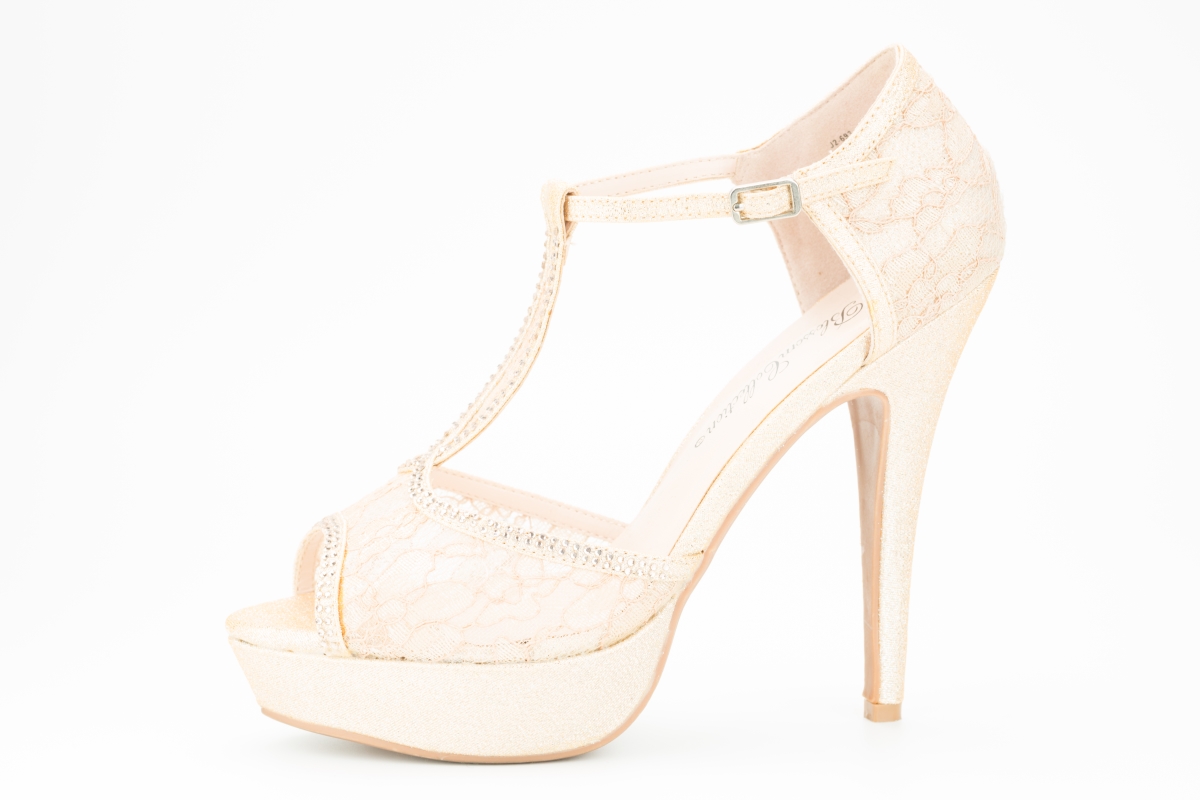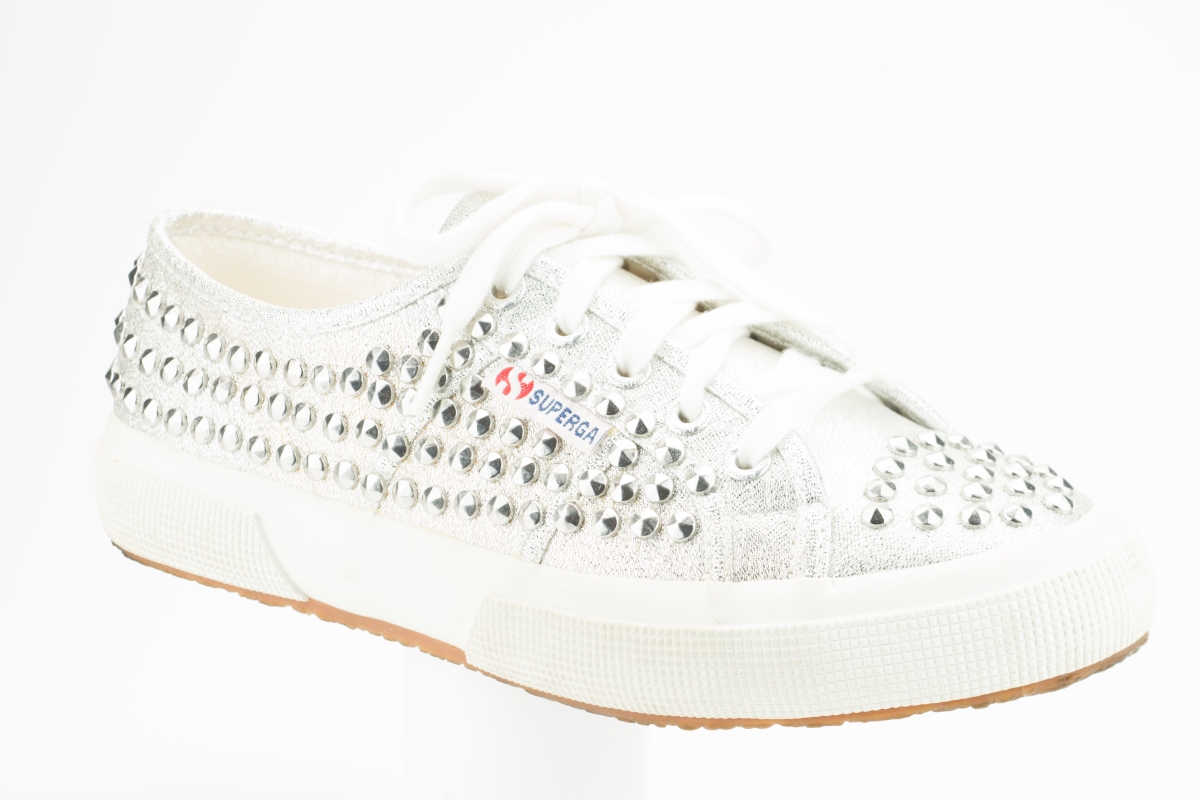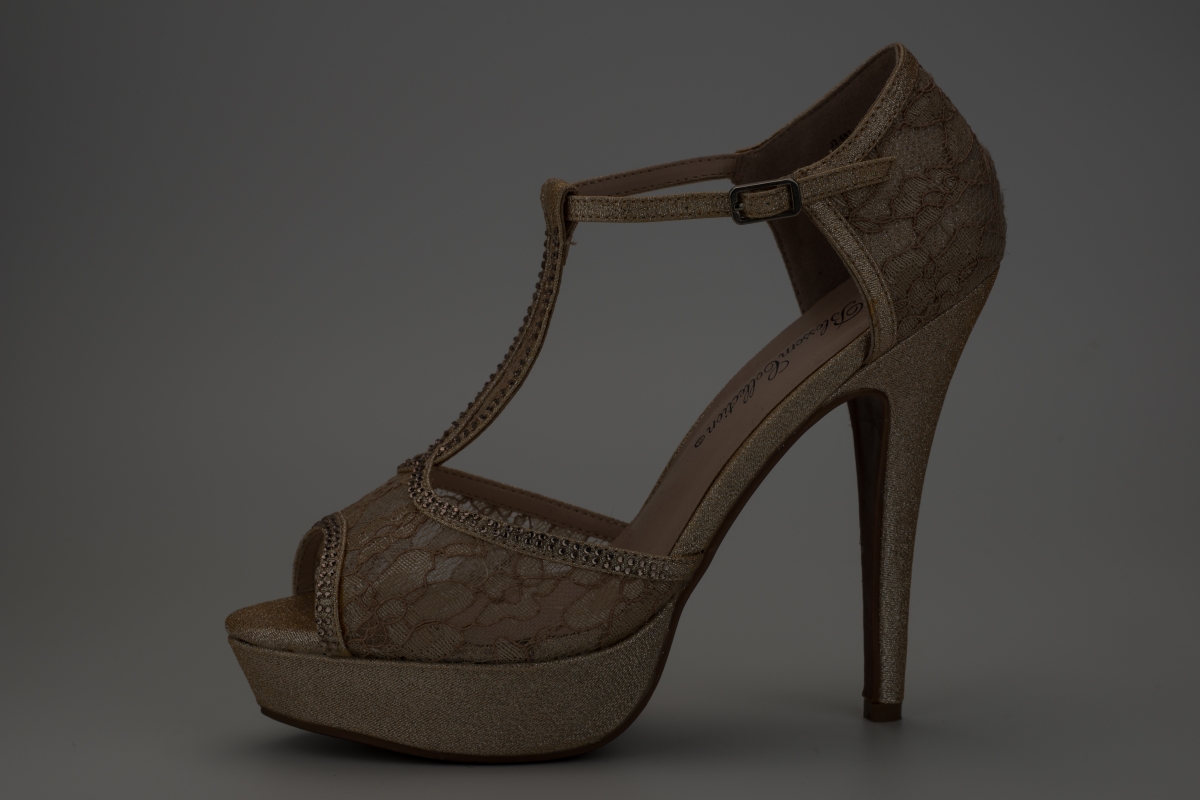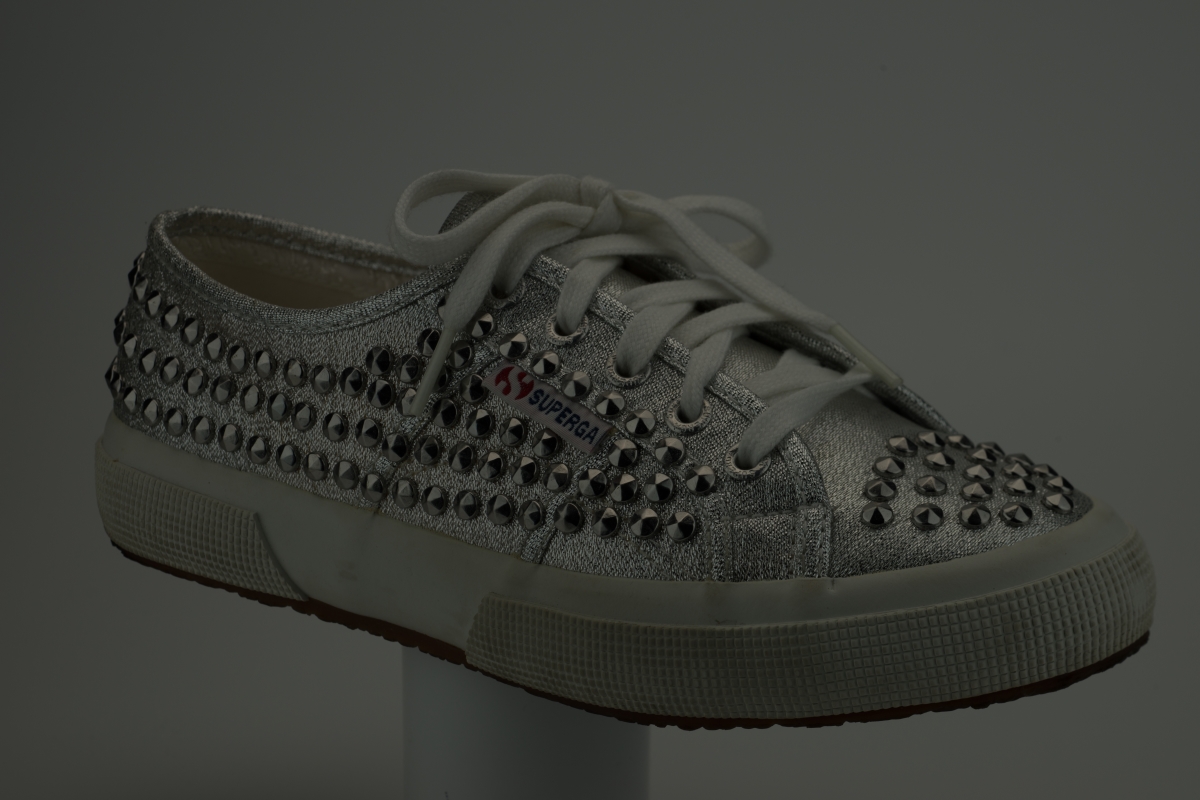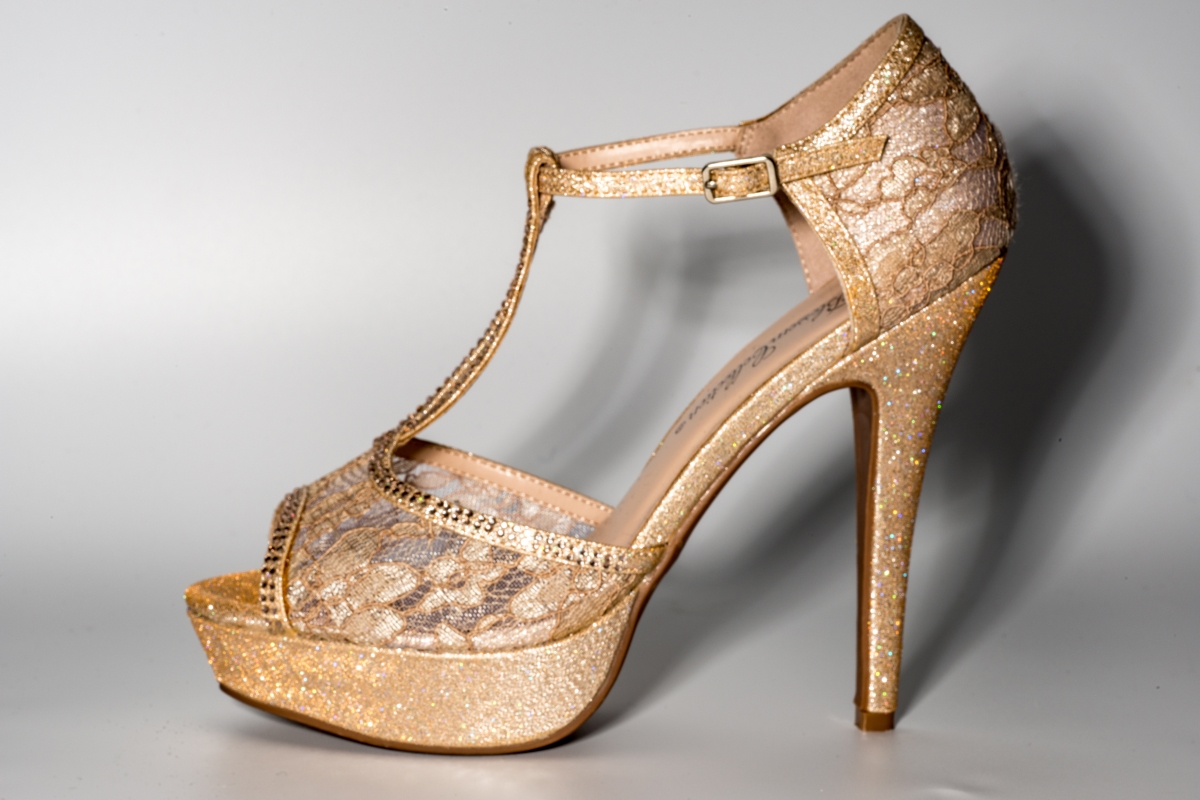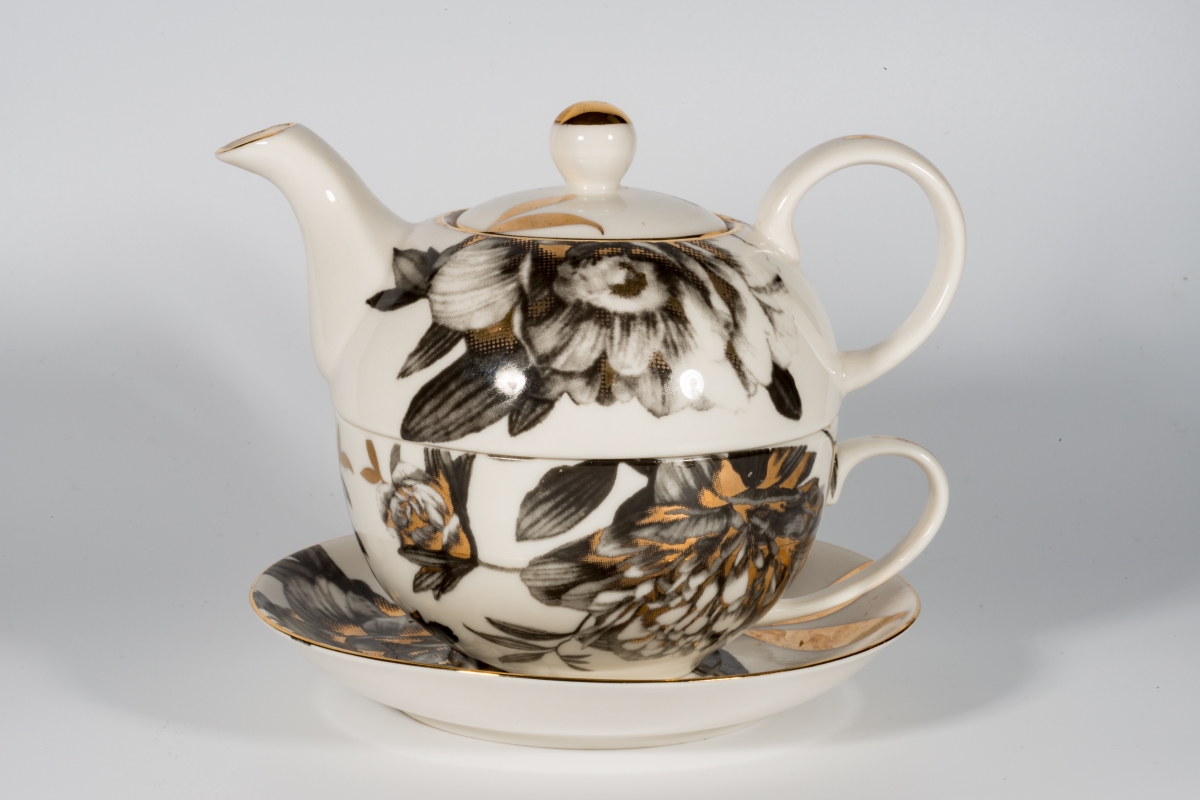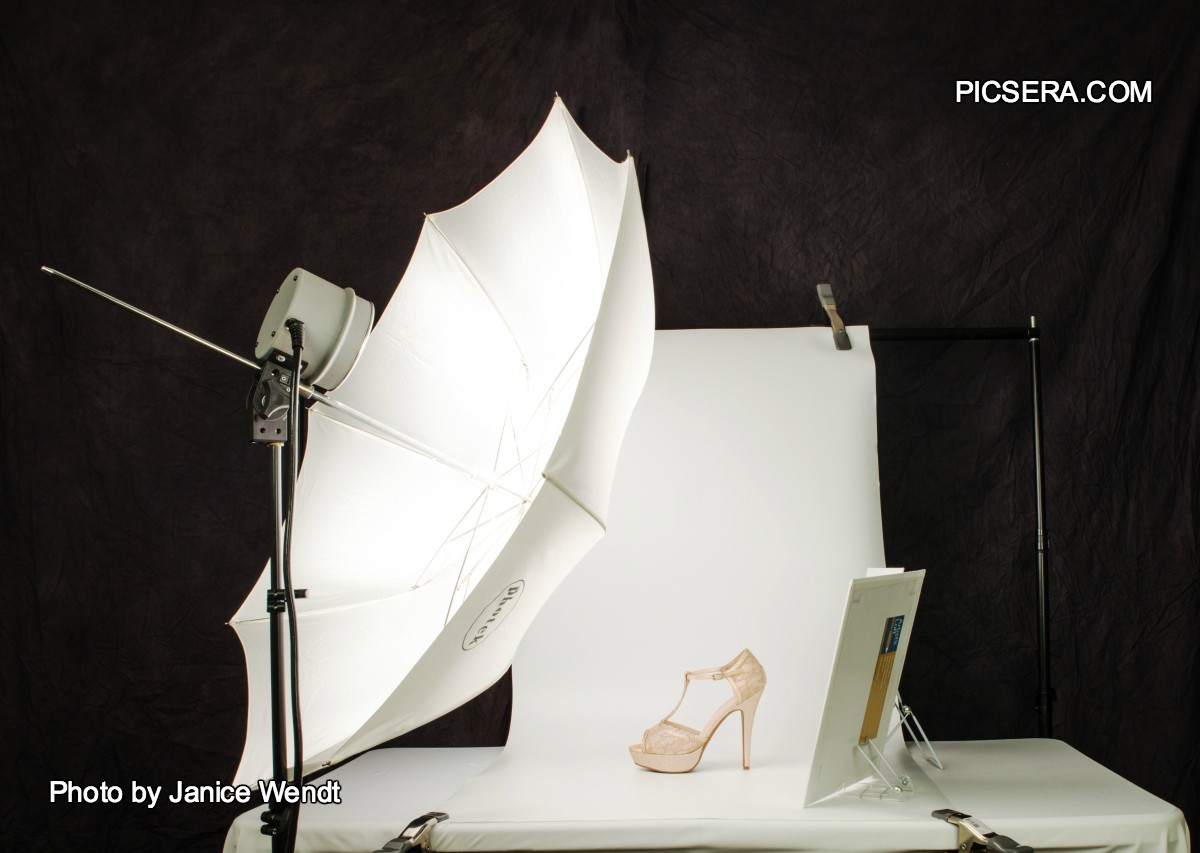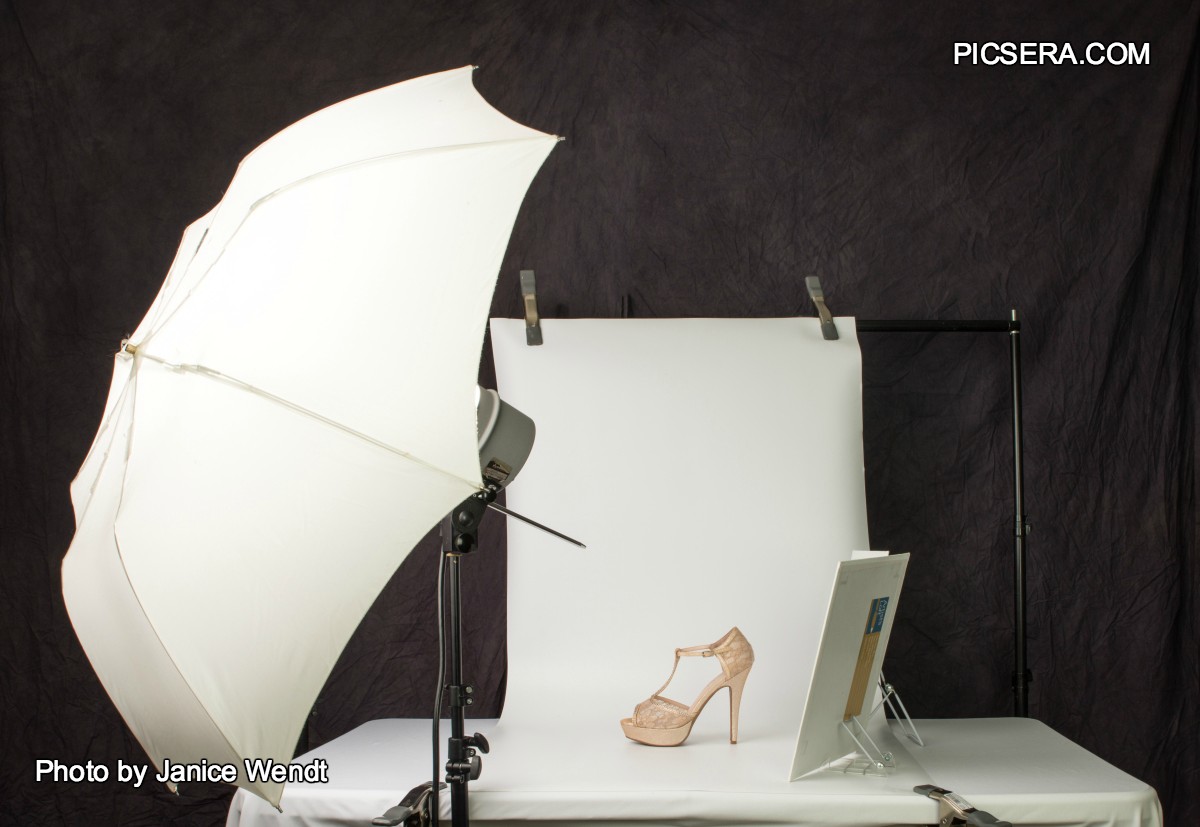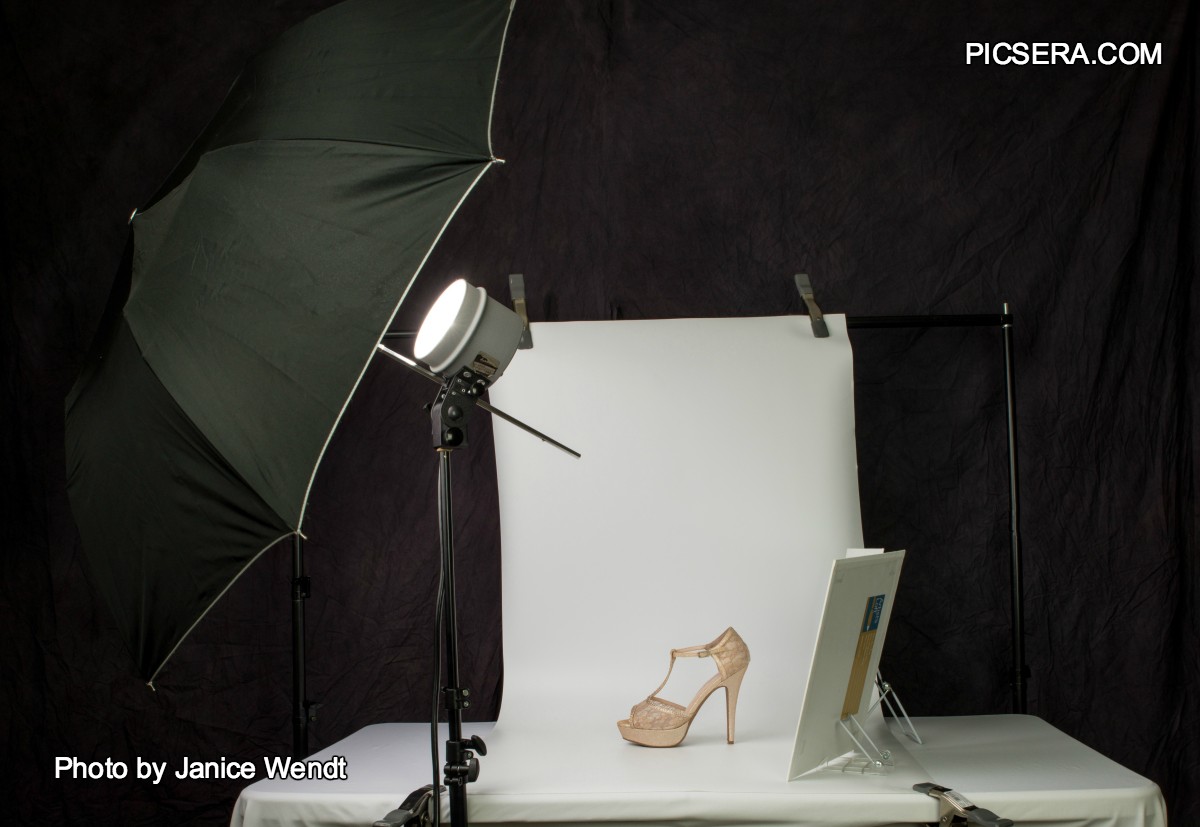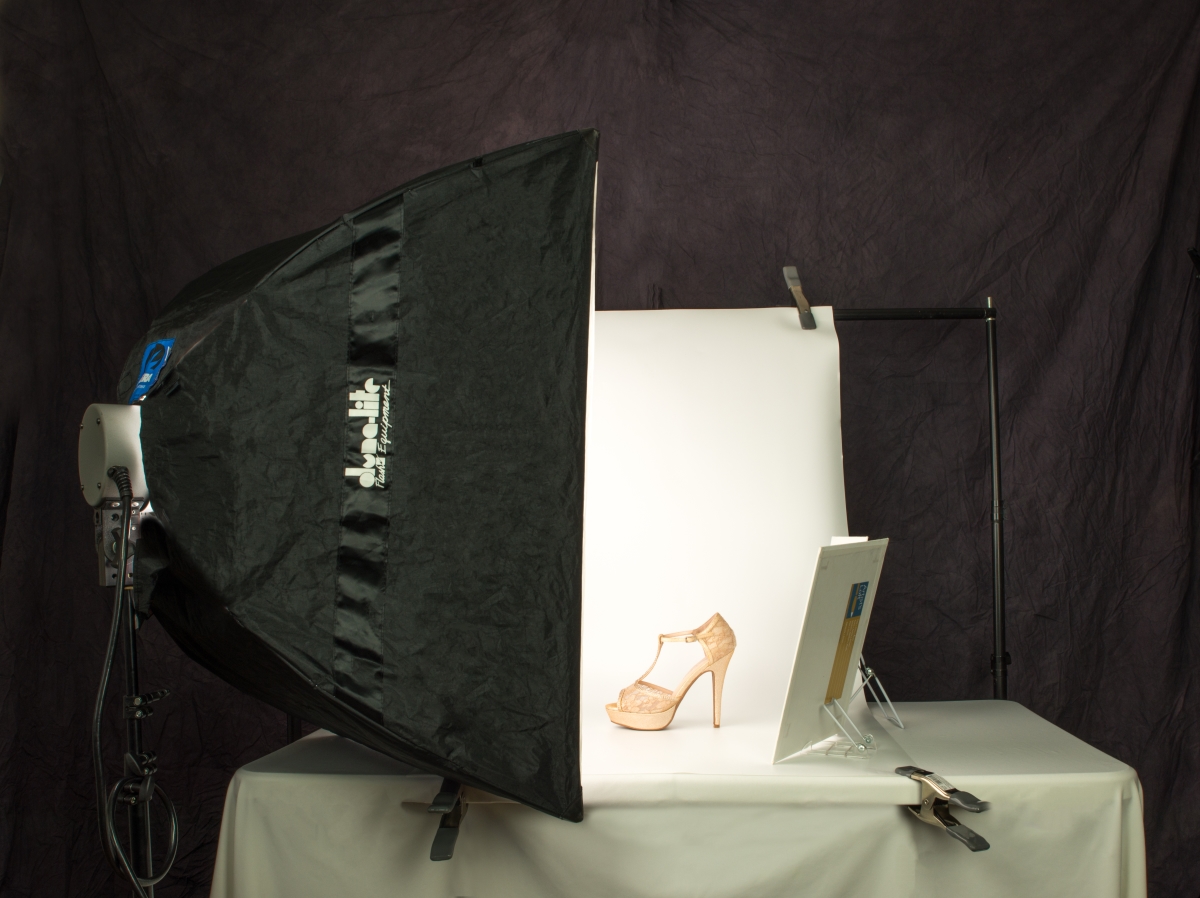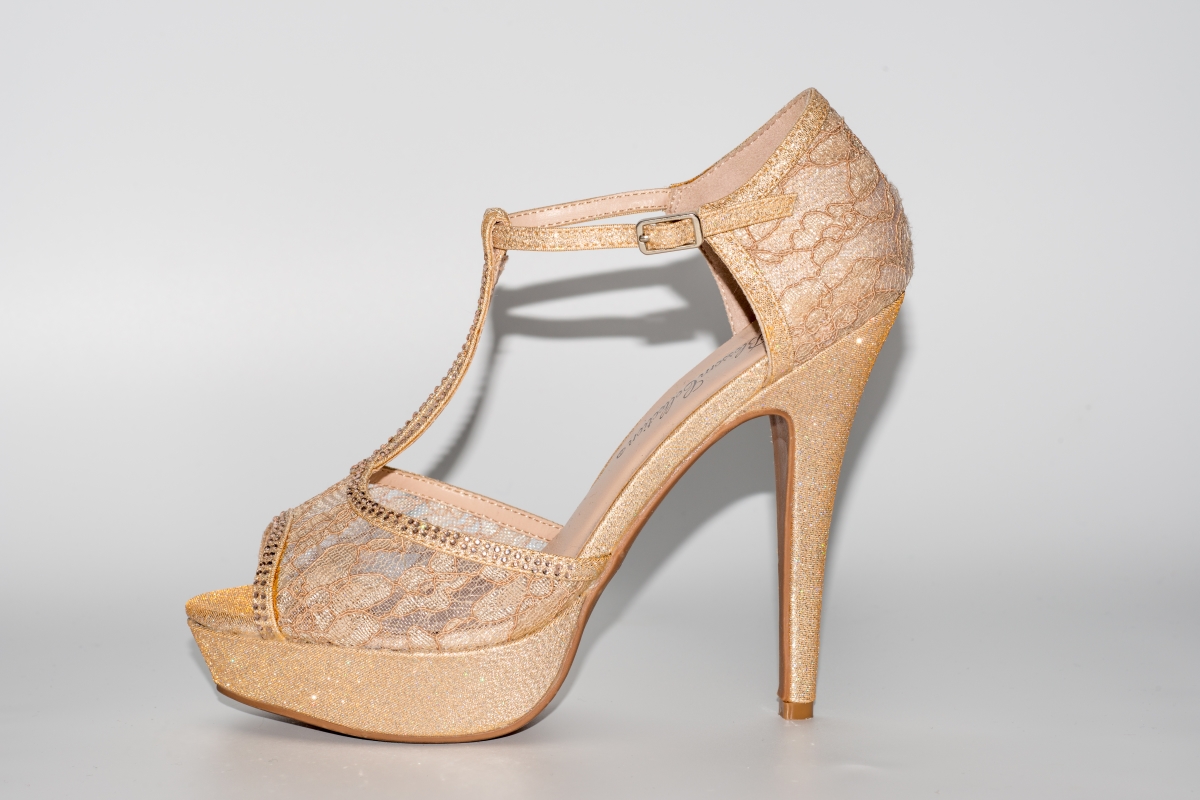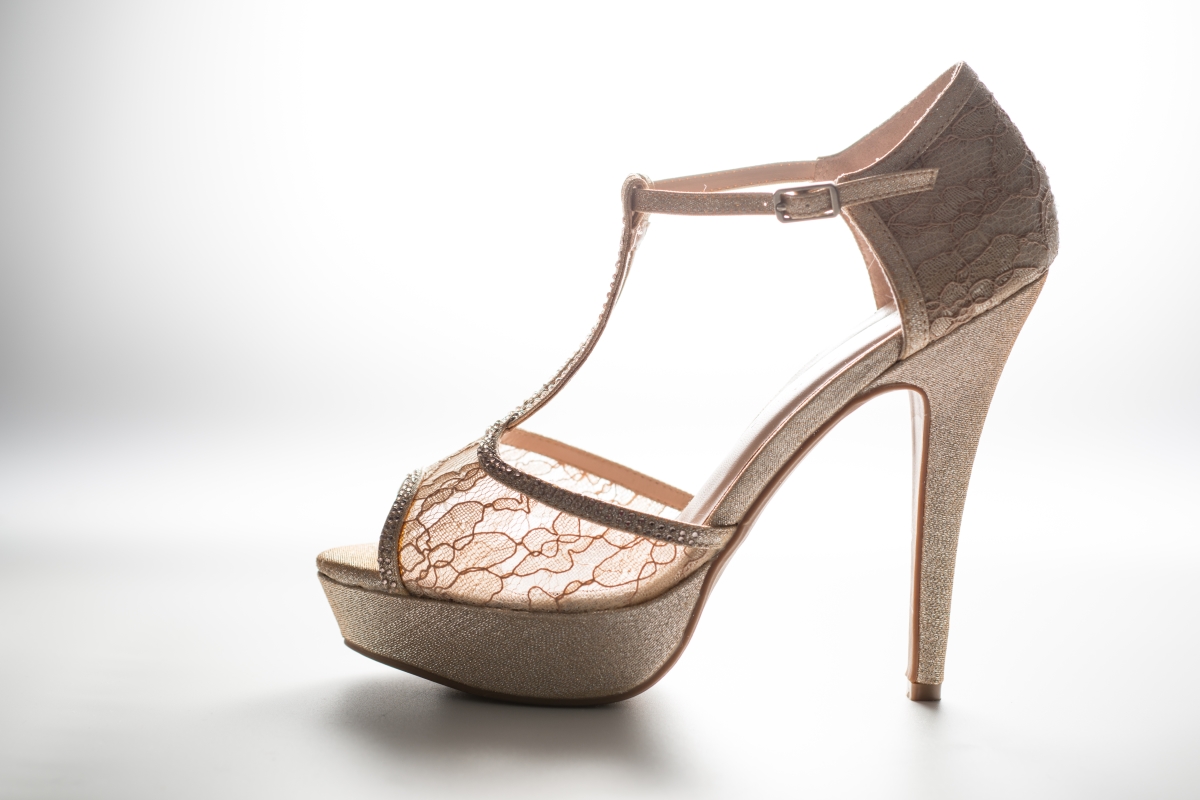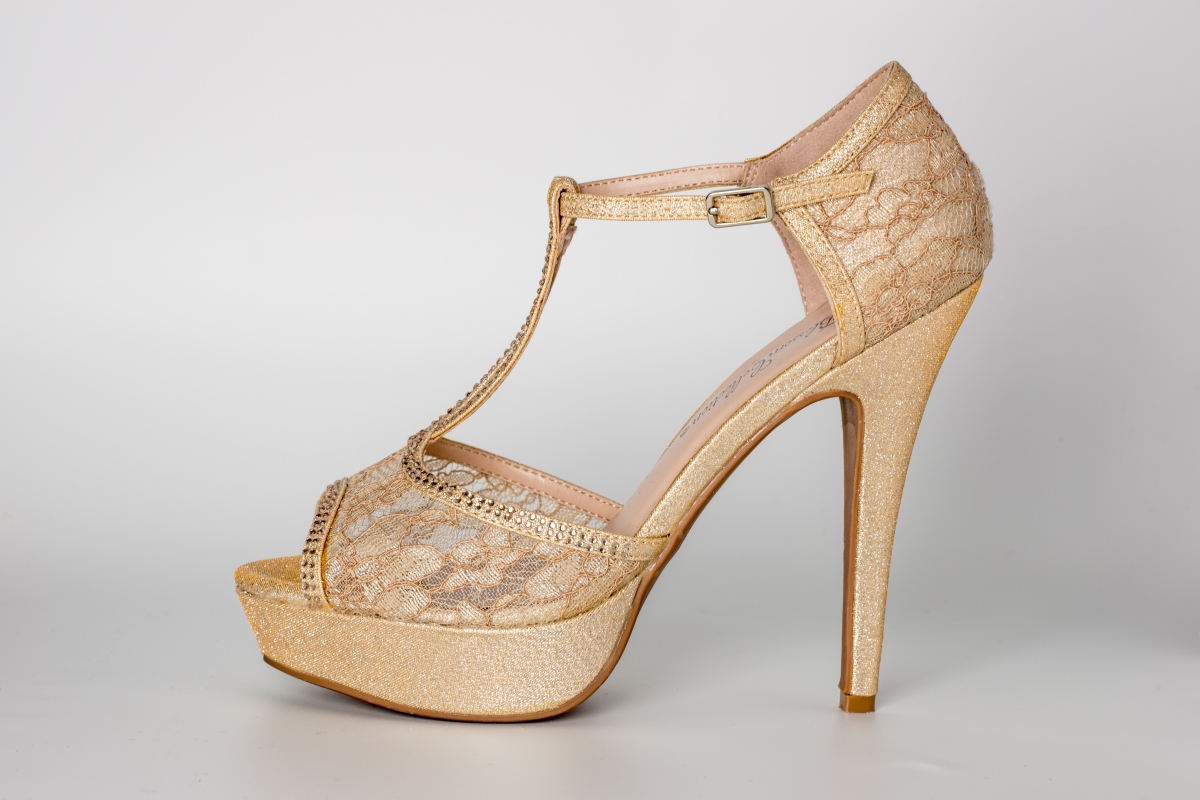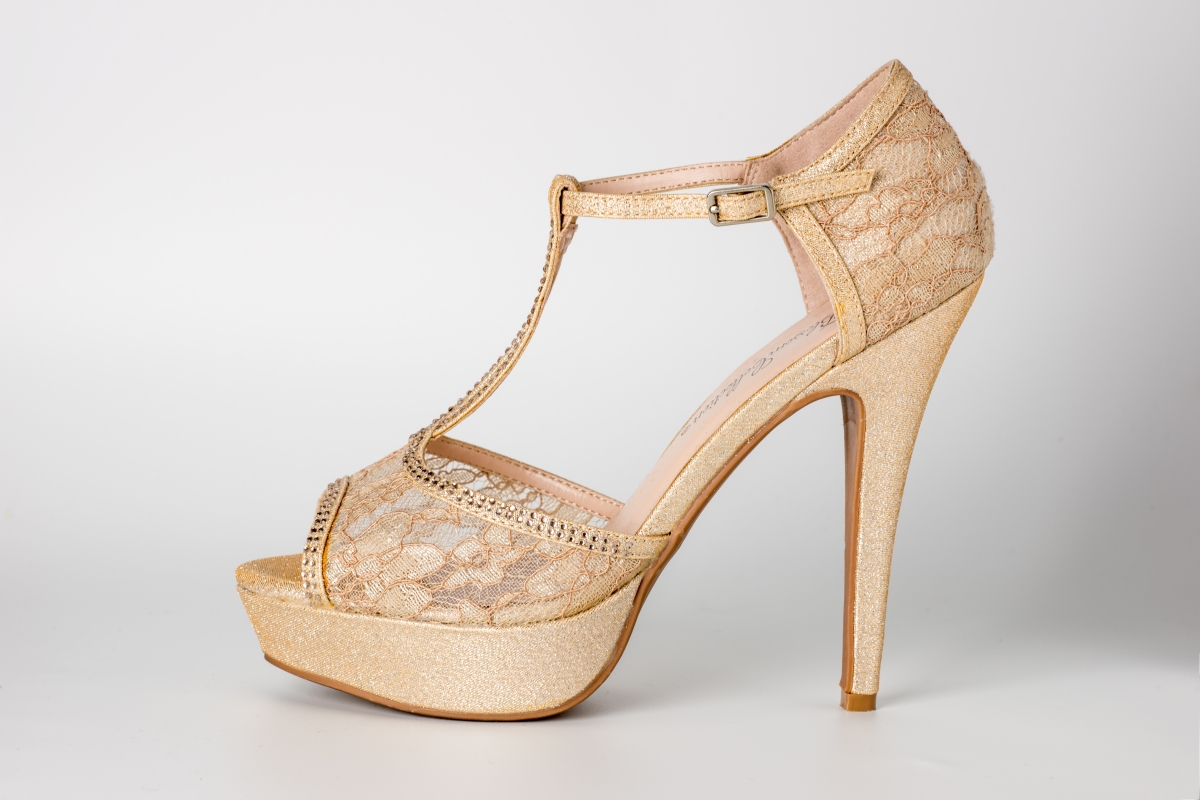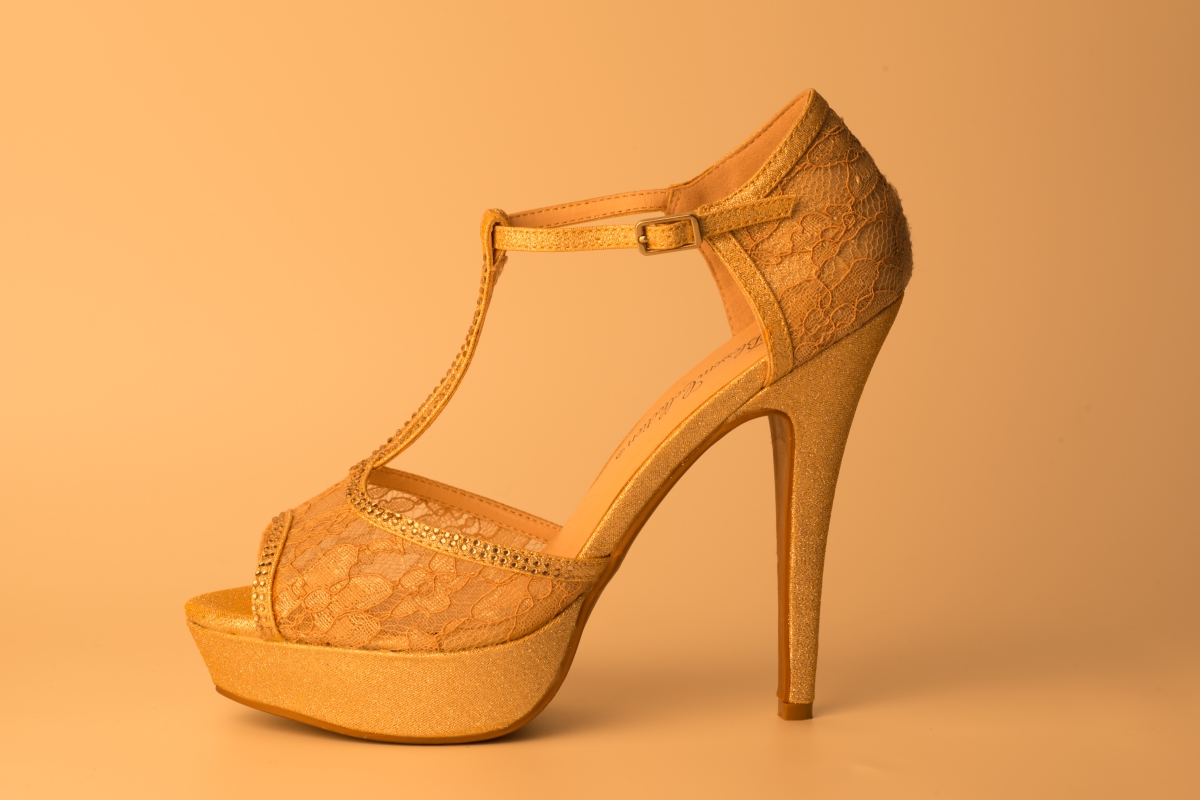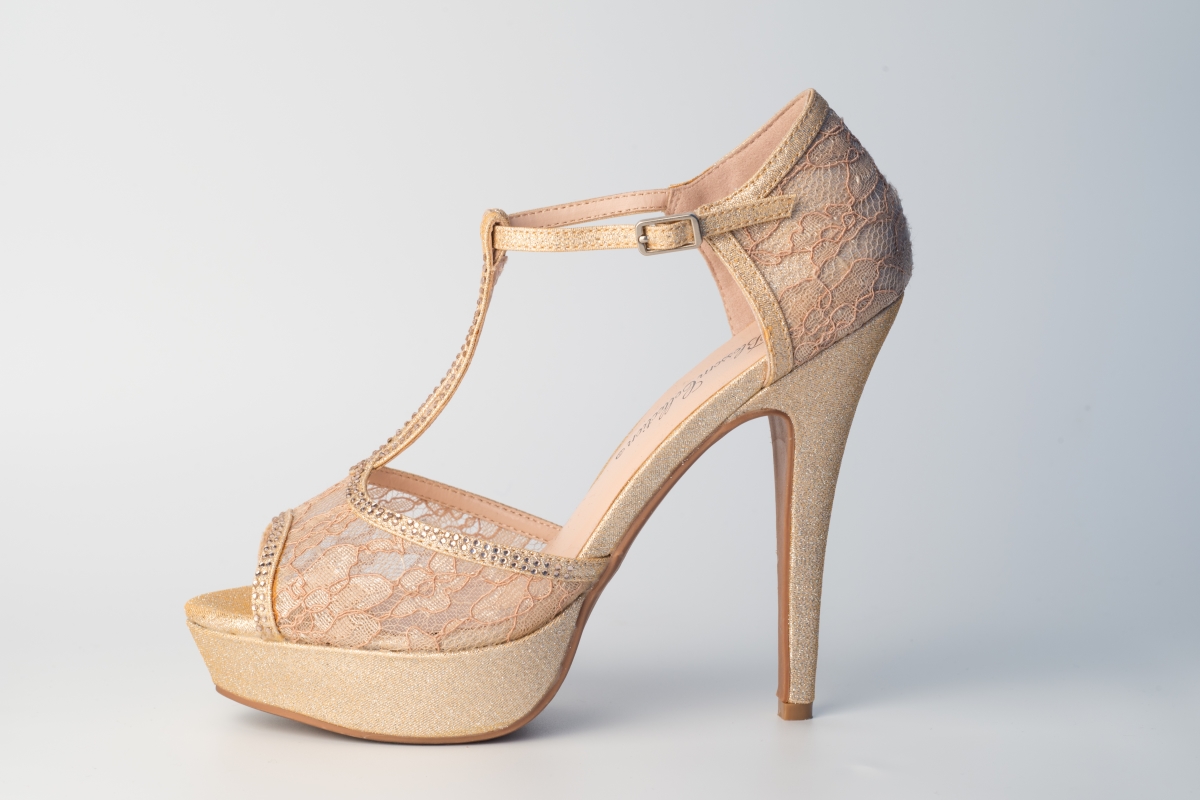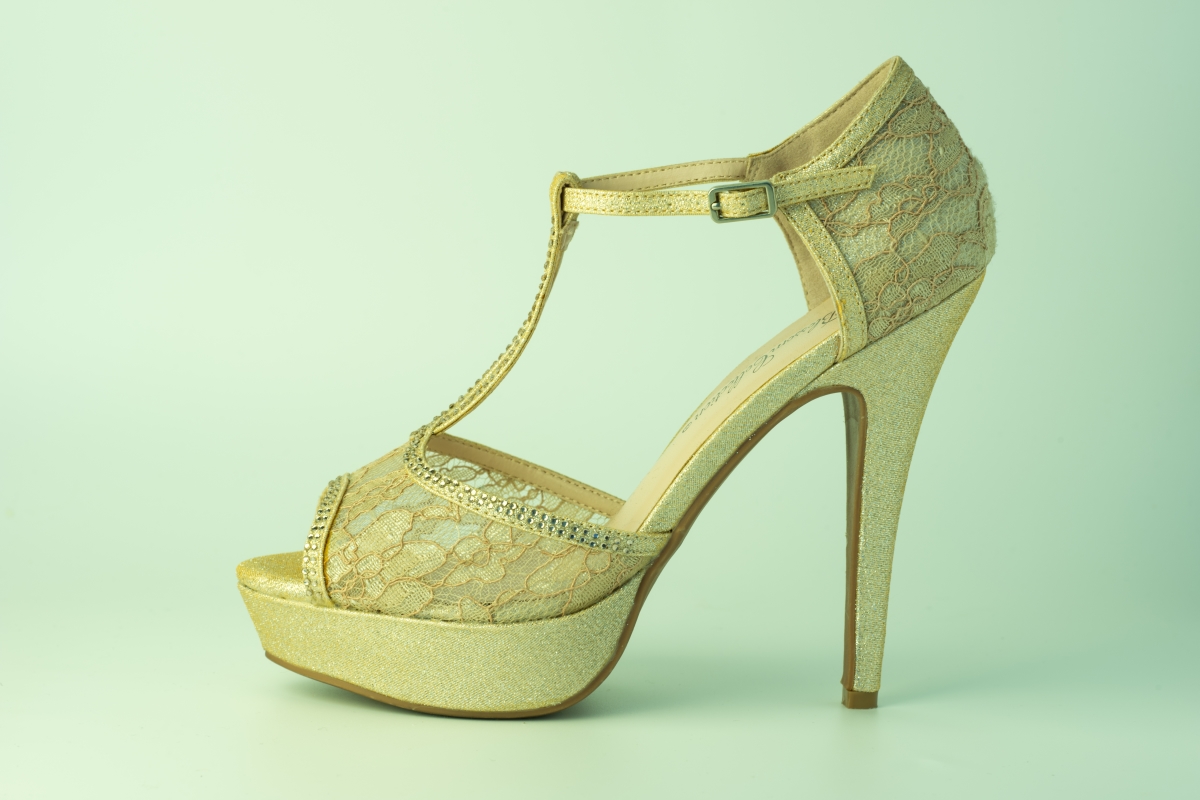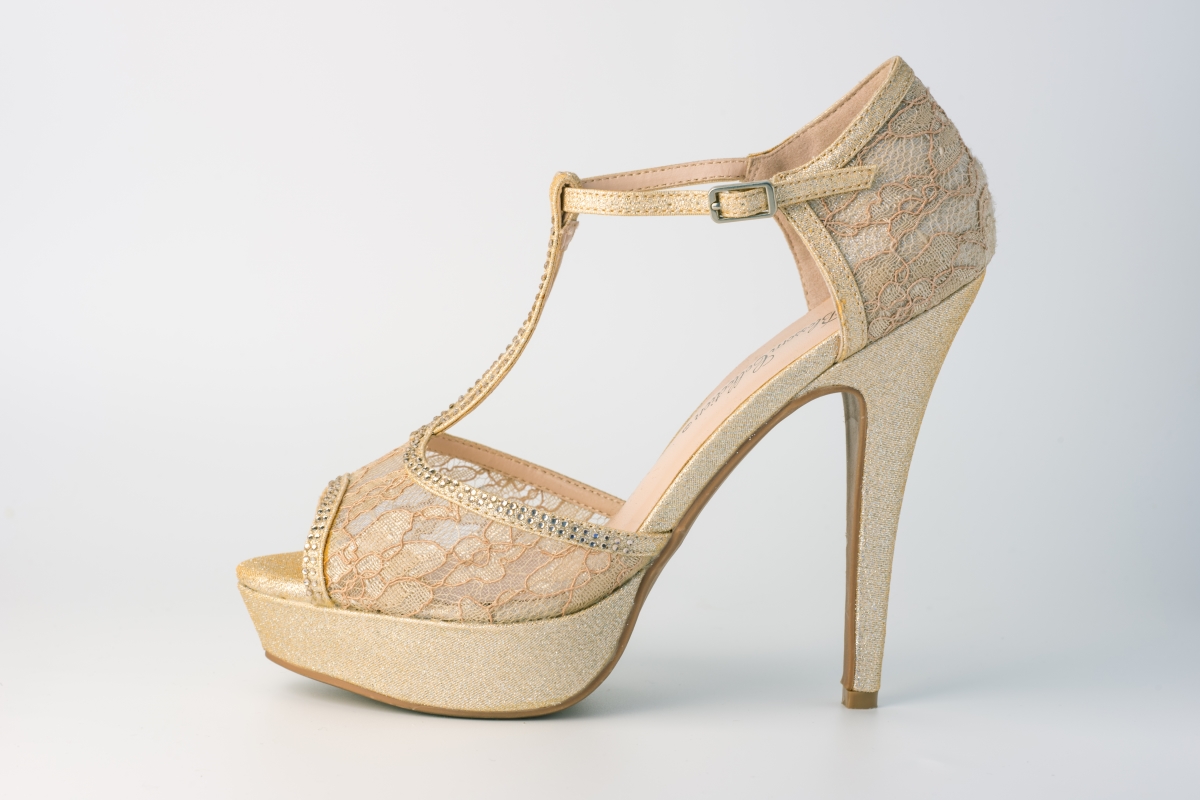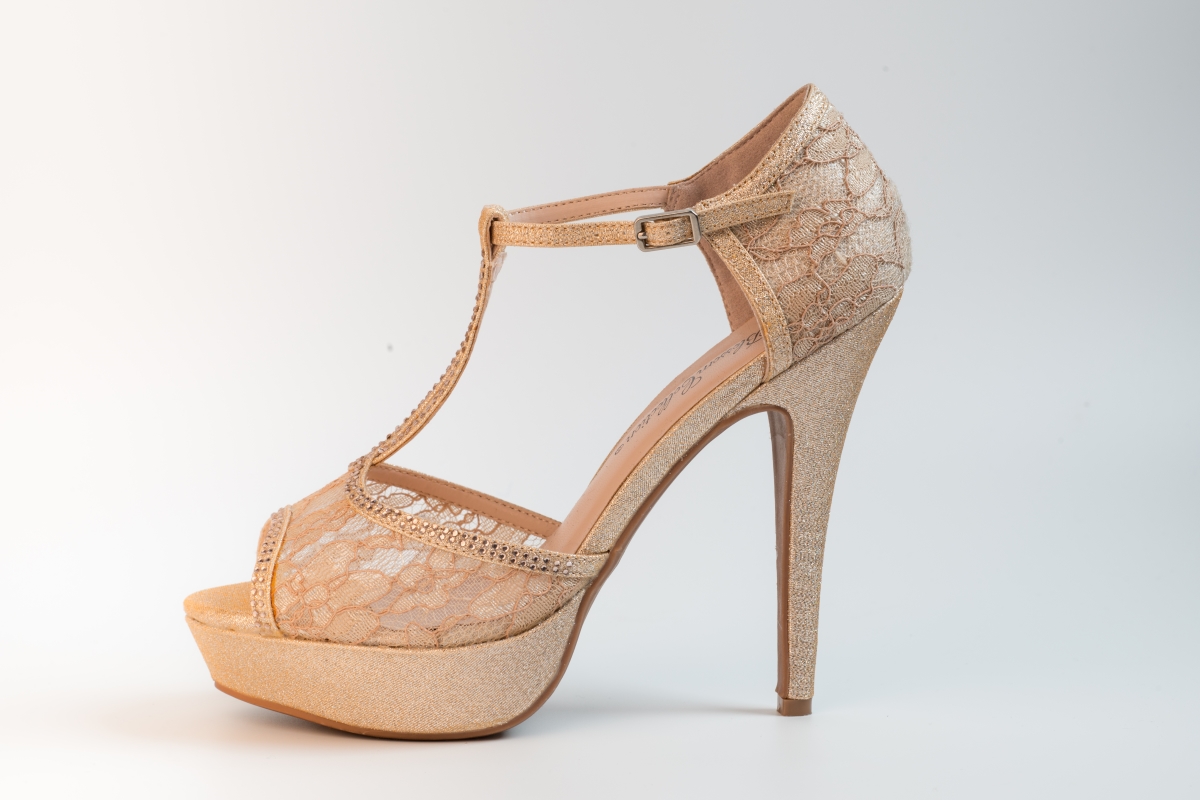Do your product images look too dark or too light? Or maybe they just look off and you don’t know why? Chances are you’re having lighting issues. Proper lighting is one of the most important factors in good photography, so it can make or break your images. So much so, that many lighting mistakes are unfortunately unfixable in post production (photo editing).
And we all know how important it is to shoot high-quality images of our products. There’s no way around it. Good photos sell products. Bad photos push buyers away.
Here at Picsera, we see it all. We see good product photos that we then polish and turn into amazing images to help sell products. But we also see terrible product photos that no matter how hard we try we just can’t fix.
To help all our ecommerce store owners, we’ve compiled our list of the top 5 major product lighting mistakes to avoid at all costs. Avoid these errors to enhance the quality of your images and have better looking products on your site. Let’s get started!
1. Your Product Images are too Dark or too Light
We can’t stress this enough. If the quantity of light in your image isn’t perfectly balanced, you will affect the quality of the image. Lighting is the basis for all photography. Regardless of the genre, the lighting must be good. Exposure is so important when taking good photos. Take the time to learn how to get your exposures right.
Photos are Overexposed (Too Bright)
When we use the term overexposed, we are referring to an image that is too bright. If an image is shot and the camera cannot properly record the amount of light within the scene, then clipping in the highlights occurs. Clipping means the camera is unable to record any detail in these clipped areas. There is no way to recover the details from these areas during post-processing.
It’s important to ensure that the edges of bottles or the white shoelaces on sneakers are properly exposed. Be sure to set your exposure by metering off of the product, not the background. A great tool that will help you adjust your exposure is the “Highlight Warning” option. Pro photographers call this the “blinkies”. Here’s a link that will help you set up this option on your DSLR.
Photos are Underexposed (Too Dark)
Underexposure means there isn’t enough light in the image to properly display all of the details of your product. This typically happens if you are shooting against a white background. Your camera can be fooled into thinking there is more light in the scene because of the white background.
Underexposed images are unattractive. They will contain something called digital noise. This means the image will have a granular look. Tiny dots are visible in the image. The noise ruins the details within the shot. Colors are very dull too. You don’t want to create flat boring looking images.
Adjust your exposure by changing a few settings on your camera. The easiest thing to do is to slow down your shutter speed. Just be careful because if you slow it down too much, the shutter speed may be too slow for you to hand hold the camera.
2. The Light is too Harsh
It’s just as important to consider the quality of the light you use to illuminate your products. Bright, garish light can wash out colors and create an unappealing image. Consider the type of light that you shine onto your product. The idea is to make an appealing image, and this means you need to carefully plan and create the ideal lighting situation for your product.
Have you ever stood outside at noon and posed for a picture? Chances are you were squinting in the picture. Chances are there is probably very bright spots and very dark areas on the image as well. This type of light is considered harsh. It’s very strong and direct. Photographers avoid this type of light. It almost never makes for a good image.
It’s best to soften any light you are using. There are some ways you can accomplish this. You can modify light sources by diffusing the light or bouncing the light source off of a reflective surface. The goal is to illuminate your product and surround it with luminous light that shows off every detail in a pleasing manner. Consider these examples of products shot with harsh light, an umbrella which bounces the light and a softbox which diffuses the light.
Using Umbrellas to Soften the Light
Lightweight and easy to use, an umbrella is a simple solution for modifying light. Umbrellas can serve as both a diffuser and a reflective surface depending on where you position the light. The good news is that it’s easy to construct your own umbrella. There are numerous tutorials out there that help you design your own. Alternatively, you can purchase a relatively inexpensive studio version. It’s important to note that there are different types of umbrellas and techniques you can use when shooting with umbrellas. See the difference in light quality with silver, white and shoot through umbrellas.
Use umbrellas and softboxes to soften lighting and make your products look their best!
Shooting through a White Umbrella
Shooting with a White Umbrella
Shooting with a Silver Umbrella
Using a Softbox to Soften the Light
Softboxes are my favorite type of light modifier. Softbox light is even and luminescent. They are easy to use, and there’s relatively little fiddling with the positioning of the light. It’s easy to get close to a product and wrap the light around the subject. Positioning a softbox further from the product also has its advantages as you can create contours and shadows that can be pleasing.
3. Choosing the Wrong Light Direction for Your Products
It’s important to consider the angle at which you position the light. The way in which light strikes your product can affect the way the image will look. Everything you do needs to focus on creating an image that shows your product in the best manner possible.
Flat Light
Don’t illuminate your product by shining a light directly from the front of your product. It’s important that the light you create isn’t flat. When lighting is flat, it means that there is little or no contrast within the image. It removes depth from the image and can create distracting shadows. Let’s look at some different possibilities. Take a look at an image which was shot using an on camera flash. This type of light is a great example of flat lighting.
Product Image of Heels with Flat Light (on Camera Flash)
Backlight
Similarly, it’s never a good idea to shine a light directly into your camera lens. Strong light can damage the sensor, but it will also create a lens flare. Check out this link for more information on lens flare. If you are going to illuminate your product from the back, you will also need to add a light that shines over the product from the side. Backlighting will not properly illuminate the front of your product, and the buyer will miss out on many details.
Instead of shooting images where your product is only illuminated from the front or badly exposed with a backlight try lighting your product using side lights.
Side Light
Position your lights on the side of the product so that the light washes over your product create a gradient from brighter to lighter. Soft shadows will fall on the far side of your product. Thereby, creating dimension within the image and keep your product from looking dull and lifeless. Consider these images in which we have shot the product using a variety of angles.
Side lighting angles 15 Vs. 30 Vs. 90 Vs 105 degree angles.
Shooting the Product from a 15 degree Side Light and a Softbox
Photographing the Product from a 30 degree Side Light and a Softbox
Notice how this angle provides more light on the product, highlighting its details…
Photographing the Product with a 90 degree Side Light
The key to shooting products from this angle is to add a reflector to bounce the light and illuminate the whole product. See the difference in the image to the left using a reflector vs the image to the right where we didn’t use a reflector.
4. Getting a Color cast on your Images
Believe it or not, light has a color. Think about the tones of light during midday vs. the soft gold colors experienced during sunset. Light comes in all shades, and these shades can affect the look of your product.
Photographers measure light in Kelvins. The folks at Techradar have created a helpful infographic you can use to help you fully understand how color temperature works.
For product photography, it’s important to understand how the color of the light you are using can affect the color in your image. You want to create an image that accurately depicts your product. Dissatisfied customers that say things like “this isn’t how it looks in the picture”, is never a good thing.
Tungsten vs. Florescent Lighting Mistakes
Someone may say to you don’t worry about color temperature if you shoot RAW you can adjust it later. While this is true, the reality is even in RAW some of the colors can’t be adjusted to match the original color cast perfectly. I once had a photography professor who insisted we set our white balance properly because the camera would never get it exactly right. The other thing to consider is that color temperature can affect the shadows as well and your image may look very “off”.
Tungsten Light
According to Mimi Photography, “Tungsten light is a generic reference to standard, artificial room lighting (the light from normal household bulbs, for example, but not fluorescent lamps.) Tungsten light is produced by an incandescent electric lamp in which the filament is made of tungsten.
This kind of light can produce an orange color when it’s not adjusted properly as you can see in the image below.
Product with Tungsten Light, Not Properly White Balanced
This is how the product image looks when its properly color corrected:
Fluorescent Light
When not properly white balanced, this type of light can create a greenish light all over your product, as you can see in the image below:
However, proper color correction can enhance the look of your images.
Ensure that the type of lighting you are using is consistent throughout. For example, if you were to use window light and tungsten light you will affect the look of your product. Part of the product will appear yellowish while the other part of the product illuminated by the tungsten light takes on a bluish cast. This will make for an unattractive image.
Shoe with Mixed Lighting
Notice how the mixed lighting produces different color ranges that makes the product image look bad.
5. Uneven Illumination
If your subject is large, you will need to illuminate the product with a larger softbox or perhaps two lights. A smaller subject can be illuminated with either smaller or larger softbox but be sure that the entire product is properly exposed.
Sometimes a product may not be fully illuminated by the softbox this is called light fall off. You can remedy this situation by utilising a reflector that bounces light back towards the product. For example, if you are shooting a full-length dress you may need to use a reflector to “fill in” the places where shadows are created. You want to be sure that every detail of the dress is visible to the customer.
Using a reflector can also help to add depth to your product. The reflector can add contours and create interest within the image. Creating an image that displays lots of details is never a bad thing.
Using a reflector can help add depth to your products
In contrast, if the product you are shooting is reflective in any way you will need to be careful because you might affect the way the product looks just by wearing very colorful clothing. If you have ever looked into a pair of sunglasses and noticed your reflection in the lenses you will understand what I mean. The buyer won’t be interested in seeing you or the camera for that matter in the lenses. You can remove these elements by positioning reflectors at the right angles. The added light will remove unwanted details. There’s no specific formula for this. Just move the reflectors around until you get it correct.
In conclusion, there’s a lot to learn when it comes to product photography. But once you get the hang of it, you will be able to create some amazing images of your product. Keep at it; you’ll get it right. Then once you’ve got some fantastic images send them our way, and we’ll do the polishing. We’ll take care of the tedious part of your e-commerce business.
